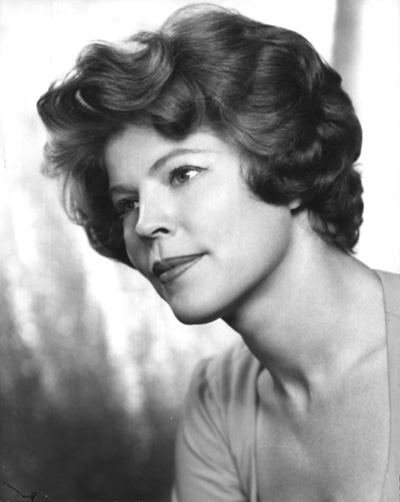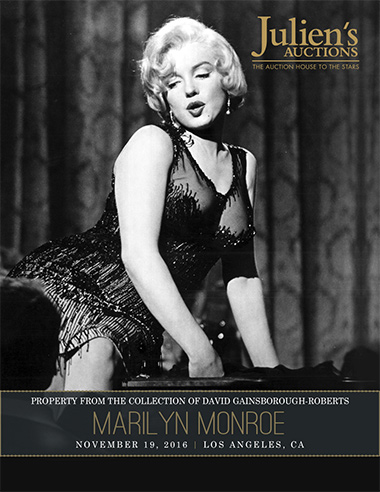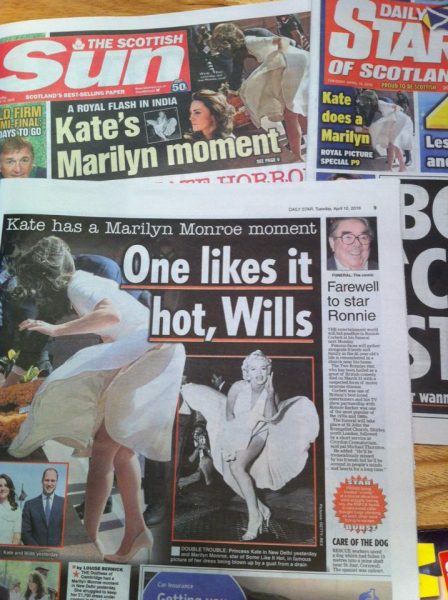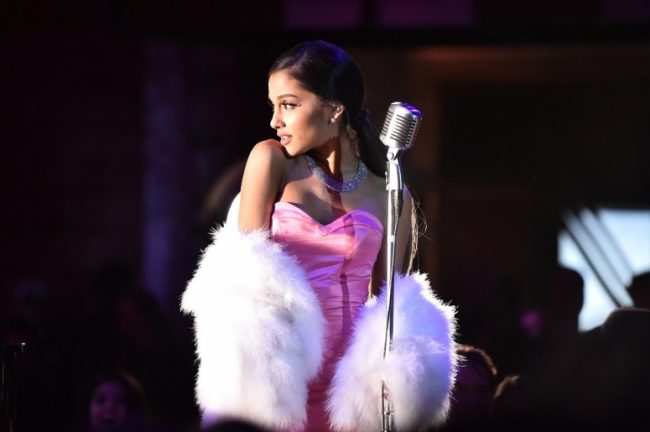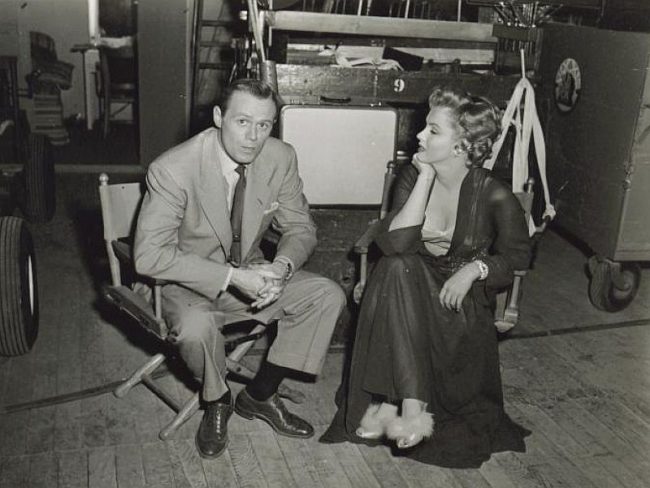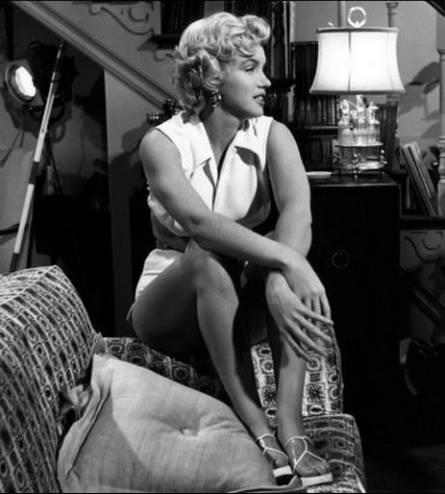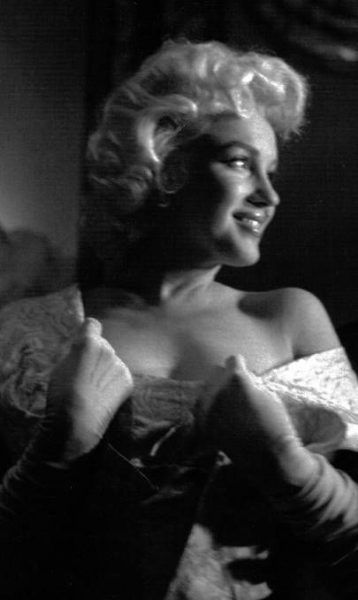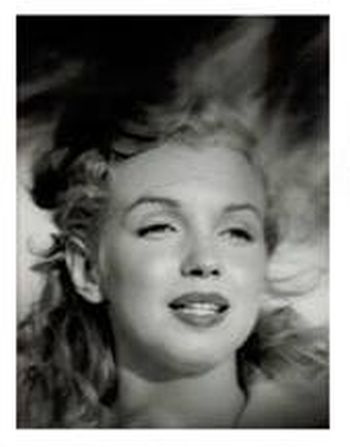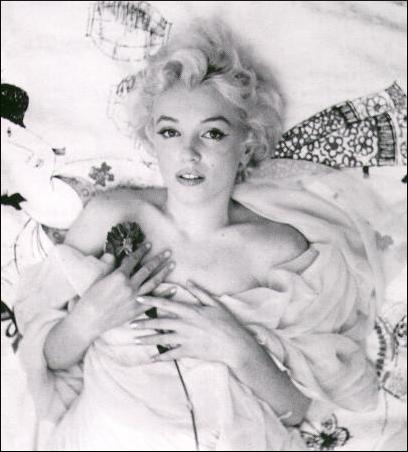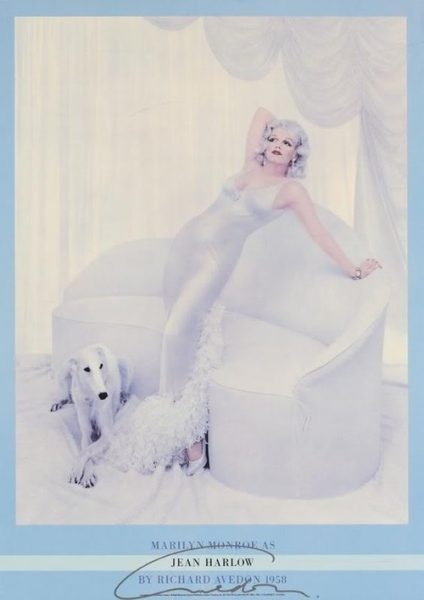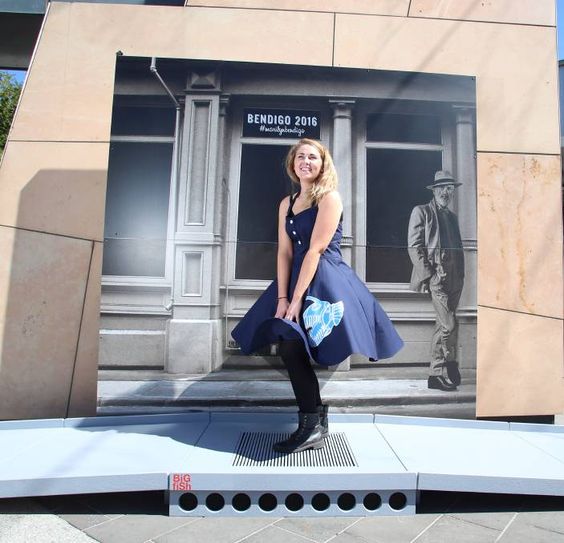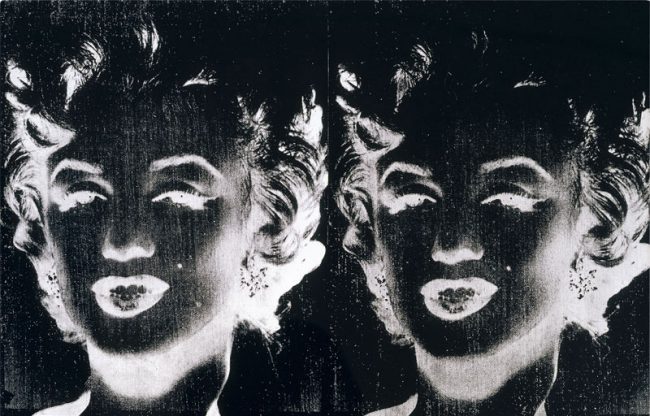
The Warhol Avedon exhibit, which opened in February at London’s Gagosian, will close on April 23, and Hazel Rowland has reviewed it for the Apollo magazine blog – with specific reference to Warhol and Avedon’s images of Marilyn.
“The similarities between photographer Richard Avedon and artist Andy Warhol are almost uncanny. Both came from modest American backgrounds, both had substantial commercial success working in New York in the 1940s, and both then went on to develop their own distinctive artistic styles away from the commercial world in the 1960s. They treated similar subjects too: both captured the influential and the famous, and took an interest, often from a cynical standpoint, in the world of celebrity…
This is developed further in Warhol’s Four Marilyns (1979–86), a set of silkscreened portraits depicting Marilyn Monroe: Warhol became obsessed with portraying the star following her suicide in 1962. The use of repetition here is not only representative of Warhol’s work – the artist played with notions of seriality throughout his career – but of Pop art more generally, which often drew on images of mass production. This fascination with Monroe emphasises Warhol’s cynical view towards the superficiality of celebrity. He robs her face of all colour, leaving instead a black and white, ghostly image, with only the essence of Monroe’s facial features remaining.
Avedon’s portrayal of the star is markedly different, however. His 1957 photograph of Monroe betrays the photographer’s greater – and perhaps more conventional – desire to convey the sitter’s inner nature. Monroe is all dolled-up and wearing a shimmering dress, yet Avedon captures her at a moment when she is off-guard. She looks subdued and inward: here is perhaps a flicker of what lies beneath this endlessly performing star.”
